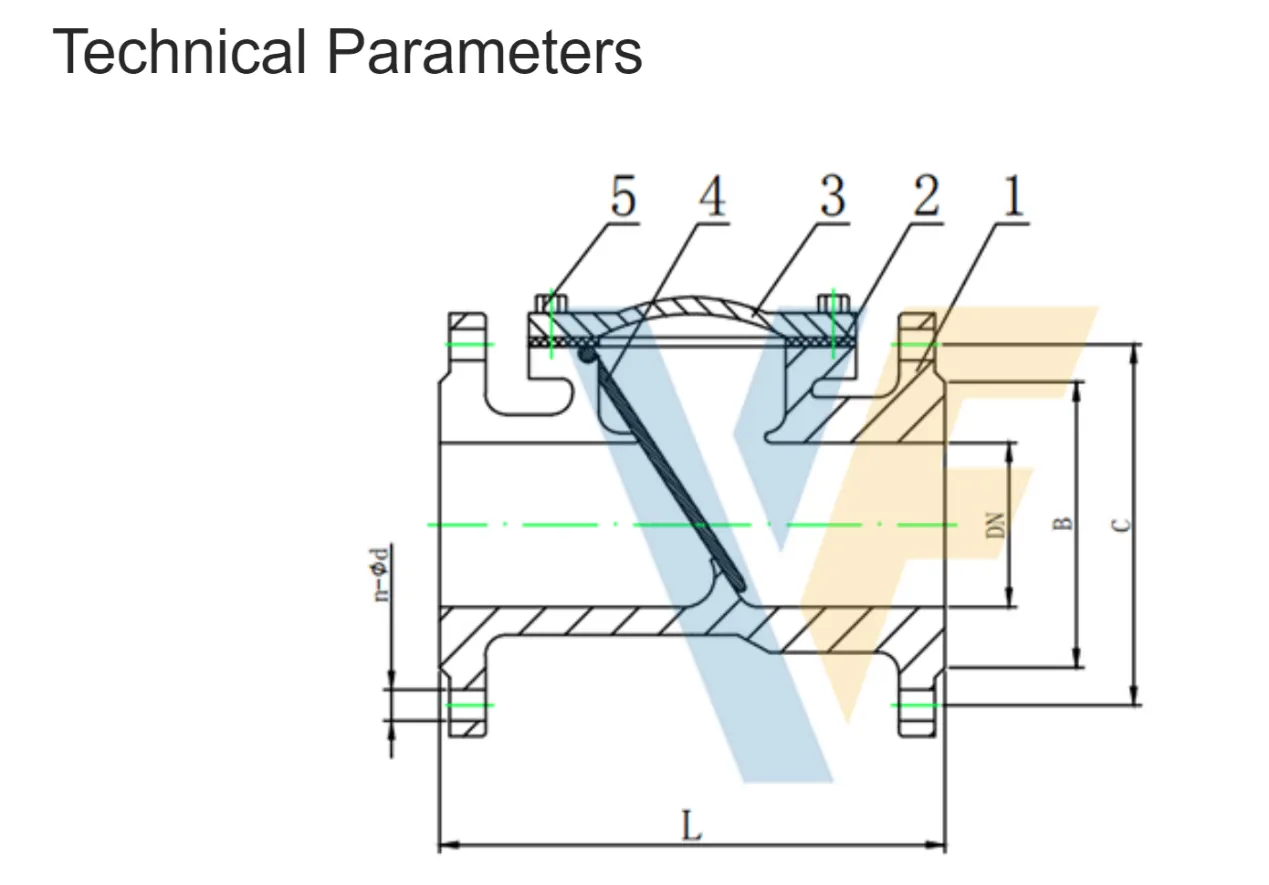Nov . 21, 2024 10:31 Back to list
micrometer tools
Exploring Micrometer Tools Precision in Measurement
Micrometer tools have long been a cornerstone in the realm of precision measurement. Frequently employed in mechanical engineering, machining, and manufacturing, these devices enable users to measure small dimensions with an unparalleled degree of accuracy. The versatility and reliability of micrometers make them a fundamental instrument across various applications, from academic research to industrial production.
At its core, a micrometer consists of a calibrated screw mechanism that converts linear motion into a precise measurement. The most common type is the outside micrometer, designed for measuring external dimensions, such as the thickness of materials or the diameter of a rod. Inside micrometers, on the other hand, allow for the measurement of internal dimensions, while depth micrometers provide readings on the depth of holes or slots.
One of the key advantages of micrometers is their ability to measure with a resolution down to one hundredth of a millimeter, depending on the specific type of micrometer used. This level of precision is critical in industries where even the slightest deviation can lead to product failure. For instance, in the aerospace sector, where components must meet strict safety regulations, the accuracy of measurements can be the difference between success and disaster.
The operation of a micrometer is straightforward yet requires skill and attention to detail. To take a measurement, the user places the object between the anvil and spindle, then slowly turns the thimble until it makes contact with the object. Care must be taken to avoid applying excessive force, as this could deform the material and lead to inaccurate readings. Once contact is made, the reading can be taken from the scale on the sleeve and thimble, which are marked with graduations.
micrometer tools

In addition to manual micrometers, digital versions have become increasingly popular due to their ease of use. Digital micrometers feature electronic displays that provide a direct reading, eliminating the need for manual calculations and reducing the potential for human error. Some advanced models even include features such as data output capabilities to record measurements, further enhancing efficiency in both operational and quality control processes.
To maintain the accuracy of micrometer tools, regular calibration and proper care are essential
. Users should periodically check their instruments against known standards and store them in protective cases to prevent damage. Environmental factors, such as humidity and temperature fluctuations, can also affect measurements, so it’s crucial to use micrometers in controlled conditions whenever possible.The versatility of micrometer tools extends beyond just mechanics and manufacturing. In educational settings, they serve as valuable teaching aids, allowing students to gain hands-on experience with precision measurement techniques. Furthermore, they find applications in fields like woodworking, electronics, and even in the production of consumer goods, where precise dimensions are critical for functionality and quality.
In conclusion, micrometer tools are indispensable devices that enable precise measurements across a wide range of applications. Their accuracy and reliability empower engineers, machinists, and scientists to create and analyze products of the highest quality. As technology continues to advance, the integration of digital features may further enhance the capabilities of micrometers, ensuring that these tools remain relevant and vital in the pursuit of precision in measurement. Whether in a workshop, laboratory, or factory floor, the importance of micrometers can never be overstated, as they continue to play a pivotal role in the advancement of technology and industry.
-
Y Type Strainer Maintains System Efficiency Long TermNewsJul.15,2025
-
Valve Selection Guide for Industrial ApplicationsNewsJul.15,2025
-
Steel Fab Table Provides Durable Work Surface for WeldingNewsJul.15,2025
-
Pad Iron Provides Stable Support for Heavy MachineryNewsJul.15,2025
-
One Inch Check Valve Fits Standard Plumbing SystemsNewsJul.15,2025
-
Measuring Micrometer Ensures Precise Dimensional AccuracyNewsJul.15,2025
Related PRODUCTS









